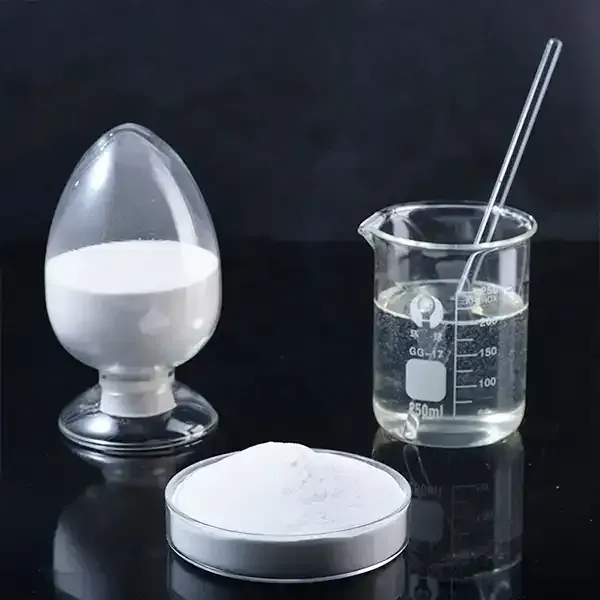The Role of Additives in Putty Enhancing Performance and Versatility
Putty, a versatile material widely used in construction and DIY projects, is known for its ability to fill gaps, seal joints, and provide a smooth finish on various surfaces. One of the key factors that influence the effectiveness and functionality of putty is the use of additives. These additives can significantly enhance the performance of putty, contributing to its workability, adhesion, durability, and overall effectiveness.
Additives for putty are specially formulated substances that can be mixed into the base material to improve specific characteristics. They can be classified into several categories, including plasticizers, thickeners, binders, and fillers, each serving a unique purpose. For example, plasticizers are used to increase flexibility and workability, allowing the putty to be easily spread and applied without cracking. This is particularly important when working on surfaces that may experience movement or expansion due to temperature changes.
The Role of Additives in Putty Enhancing Performance and Versatility
Binders are another essential category of additives that enhance adhesion. They create a strong bond between the putty and the substrate, ensuring that the putty stays in place over time. This is particularly important for exterior applications where exposure to the elements can weaken adhesion. Moreover, the right binder can improve the putty's ability to withstand moisture, making it an ideal choice for areas prone to dampness, such as bathrooms and kitchens.
additive for putty

Fillers are often incorporated into putty to improve its bulk and reduce cost. However, they also play a crucial role in determining the texture and finish of the final product. Different types of fillers, such as calcium carbonate, silica, or various fibers, can be used to achieve specific properties. For instance, adding fibers can increase the strength of the putty, making it suitable for more demanding applications, while lighter fillers may enhance workability.
The selection of appropriate additives depends largely on the intended use of the putty. For instance, if the goal is to create a putty that can withstand extreme weather conditions, additives that improve water resistance and UV stability would be necessary. Conversely, for indoor applications, the focus may be more on creating a fine finish that does not shrink or crack over time.
In recent years, there has been a growing trend towards using eco-friendly and sustainable additives in putty formulations. As consumers become more environmentally conscious, manufacturers are exploring options that minimize the environmental impact while maintaining product performance. This includes using natural fillers, biodegradable plasticizers, and non-toxic binders, thus aligning with the global push towards sustainability in construction materials.
In conclusion, additives play a vital role in the versatility and performance of putty. By carefully selecting and combining various additives, manufacturers can tailor putty to meet specific needs, whether for professional construction projects or simple home repairs. As innovation continues in this field, the future of putty is set to become even more advanced, making it a crucial tool in both construction and DIY applications. Whether you are sealing a window or repairing a crack in the wall, understanding the role of additives can empower you to choose the right putty for the job, ensuring lasting results and a professional finish.
-
Rdp Powder: Key Considerations for Wholesalers in the Building Materials IndustryNewsJul.08,2025
-
Key Considerations for Wholesalers: Navigating the World of Hpmc - Based ProductsNewsJul.08,2025
-
Hpmc Detergent: Key Considerations for WholesalersNewsJul.08,2025
-
Key Considerations for Wholesalers: China Hpmc For Tile Adhesive, Coating Additives, Concrete Additives, and MoreNewsJul.08,2025
-
Crucial Considerations for Wholesalers: Navigating the World of Construction MaterialsNewsJul.08,2025
-
Key Considerations for Wholesalers Sourcing Additive For Cement, Additive For Concrete, Additive For Putty from Additive Manufacturer Shijiazhuang Gaocheng District Yongfeng Cellulose Co., Ltd.NewsJul.08,2025




